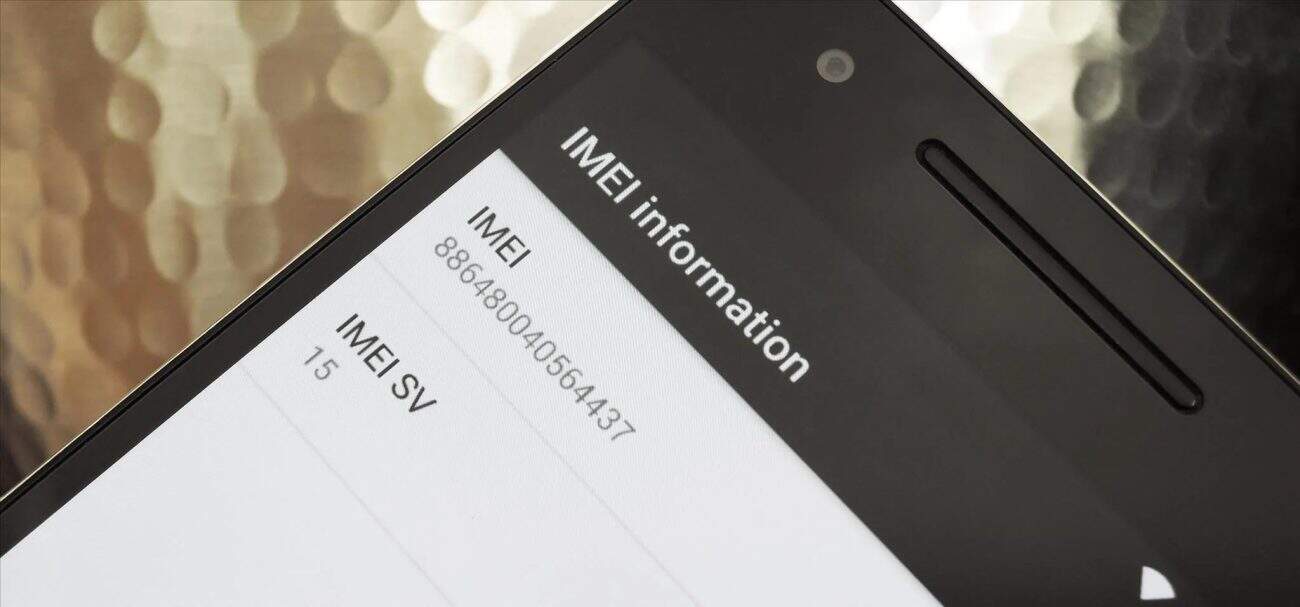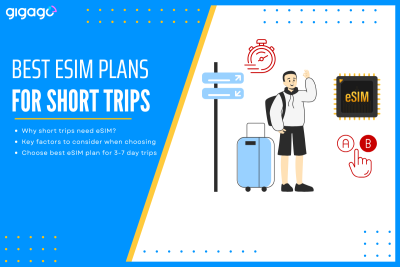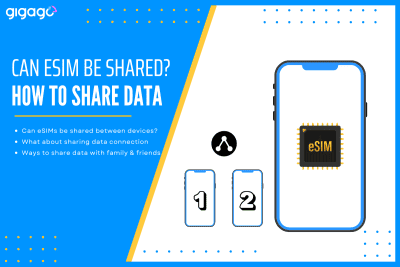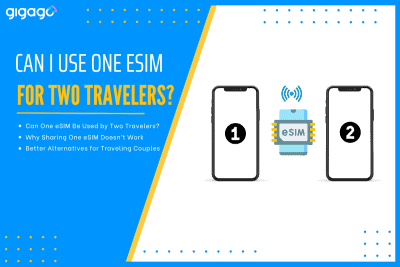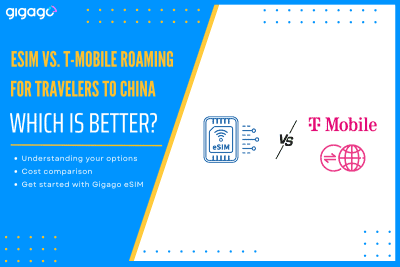Traveling for a short trip, typically for 3- to 7-days, drastically changes the rules of connectivity. The traditional solutions like expensive carrier roaming or time-consuming local SIM buying are simply impractical when time time is precious. This is where eSIMs take the picture. The eSIM (embedded because it is a digital solution that solves the […]
What is an IMEI number – Why it is important
When you pick an eSIM for your next trip, one tiny code does all the work: the IMEI. Those 15 digits act like a passport for your phone – proving its identity, showing if it is unlocked, and letting carriers or police block it if it is lost. This guide explains “What is an IMEI number?” and why every traveler using an eSIM should know theirs.
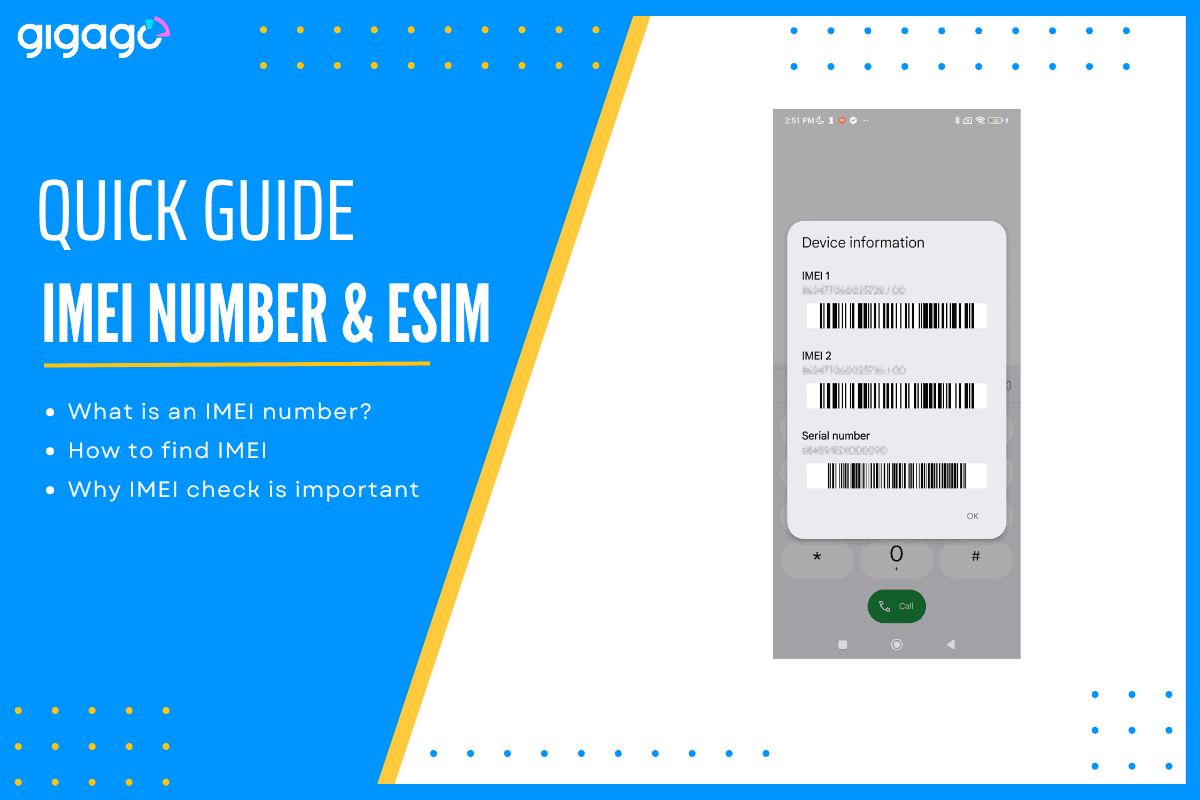
In this article
I. What is an IMEI number?
An IMEI – short for International Mobile Equipment Identity – is a permanent, 15-digit code that every mobile phone, tablet, LTE laptop or smartwatch receives at the factory. It acts as your device’s passport number.
3 Main features of an IMEI number
- It is globally unique: no two devices share the same IMEI.
- It is network-visible: mobile carriers read the IMEI whenever your device connects, letting them verify that the hardware is legitimate and allowed on their network.
- It is registry-backed: All IMEIs live in a GSMA-managed database that records the model, manufacturer, and the country or region the device was first shipped to.
How is the IMEI structure?
An IMEI is divided into three logical blocks:
- TAC (Type Allocation Code) – digits 1-8: Identifies the manufacturer and model (e.g., Apple iPhone 15, Samsung Galaxy S24).
- Serial Number – digits 9-14: A unique sequence that pinpoints your individual device out of millions produced.
- Check Digit – digit 15: Calculated with the Luhn algorithm to verify that the entire IMEI is valid and not mistyped.
You can think of it as: [TAC: 8 digits] + [Serial: 6 digits] + [Check: 1 digit] = 15-digit IMEI.
Role of an IMEI number
With a single IMEI, you will know:
- Whether the phone is legally registered or has been reported lost or stolen.
- The exact brand, model, and original market the device was built for.
- Its lock or blacklist status. This information is crucial when buying second-hand or activating an international eSIM.
In short, the IMEI number is your device’s identity card. Knowing this number protects you both legally and technically.
II. How IMEI differs from ICCID and MEID
- IMEI: is the 15-digit ID baked into the hardware of your phone or tablet. Carriers use it to check whether the device is unlocked, black-listed, or allowed on their network, and Gigago may request it if troubleshooting is needed.
- ICCID: belongs to the SIM or eSIM profile, not the phone itself. At 19–20 digits, it’s longer than an IMEI and is the number Gigago feeds into the carrier system to activate your data plan. When you swap a physical SIM or download a new eSIM, your ICCID changes.
- MEID is a 14-character hexadecimal code found on older CDMA-based phones in the United States. It serves the same purpose the IMEI does on newer GSM/LTE devices.
Let’s look at this table to understand each code:
| Code | Identifies | Typical length | Used for |
| IMEI | The physical device | 15 digits | Unlock status, blacklist checks, network provisioning |
| ICCID | Your SIM or eSIM profile | 19-20 digits | Activating a carrier plan (Gigago uses this) |
| MEID | Legacy CDMA devices (mainly US) | 14 hex digits | Same purpose as IMEI on older networks |
If you add an eSIM, it will replace the ICCID but your IMEI stays exactly the same.
III. How to find your phone’s IMEI number
It takes less than 30 seconds to check your IMEI. You can use one of the three following ways to check:
1. Dial *#06# – The fastest and most common method
Open the Phone/Dialer app, dial *#06# and tap call. The IMEI will pop up instantly without requiring a SIM card, signal or WiFi.
2. Find it in Settings menu
On iOS:
- Go to Settings > General > About. Then scroll down to IMEI.
- If you see a dual-SIM phone, you will see IMEI 1 and IMEI 2.
On Android:
- Go to Settings > About phone > Status > IMEI information.
3. Check the hardware & paperwork
You can remove the SIM tray and look along its edge to find IMEI information. Many phones print the IMEI there in tiny page.
Some older models laser-etch it on the back casing or beneath the battery.
In some cases, the IMEI is printed on the retail box’s barcode label and listed on most purchase receipts or carrier invoices.
Tip: It is highly recommended to note this number down somewhere. If your phone is lost or stolen, the IMEI number can be used to block the device.
IV. Why is IMEI check important?
Checking the IMEI number is an important step, especially if you buy a 2nd phone. With it, you will find out if the device is legally registered, whether it is reported as stolen or if it requires registration if imported.
How important IMEI is for travelers using eSIM:
- The IMEI tells a checker if your phone is eSIM-ready and unlocked.
- If your eSIM does not download or the mobile data stops, the Support team can reset your eSIM quickly when they have the IMEI.
- If your device is lost or stolen abroad, give the IMEI to the police or the nearest carrier store and they can block a lost phone worldwide. Travel-insurance companies also need the IMEI for claims.
V. IMEI Best practices for travelers
Take these IMEI-related steps before you travel abroad to have a safe and smooth trip:
- Run an unlock / blacklist check before you buy any eSIM.
- Record both IMEIs on dual-SIM phones (IMEI 1 & IMEI 2).
- Store the number twice: a screenshot in cloud storage and a paper copy in your passport wallet.
- Register it in tracking apps like Find My (iOS) or Find My Device (Android).
- Share your IMEI only with trusted parties if needed, such as carrier, eSIM provider support, insurers, authorities.
VI. FAQs
Does changing SIM/eSIM change my IMEI?
No. The IMEI is hard-wired to the device hardware and never changes when you swap physical SIMs or add an eSIM profile.
Is it safe to share my IMEI?
Yes, with legitimate parties (carrier, police). Posting it publicly is not recommended, but criminals cannot hack your phone with IMEI alone.
Can I unlock a phone remotely with just the IMEI?
Usually yes. Many carriers and third-party services generate an unlock code from your IMEI. Make sure your phone is fully unlocked before you purchase an eSIM.

